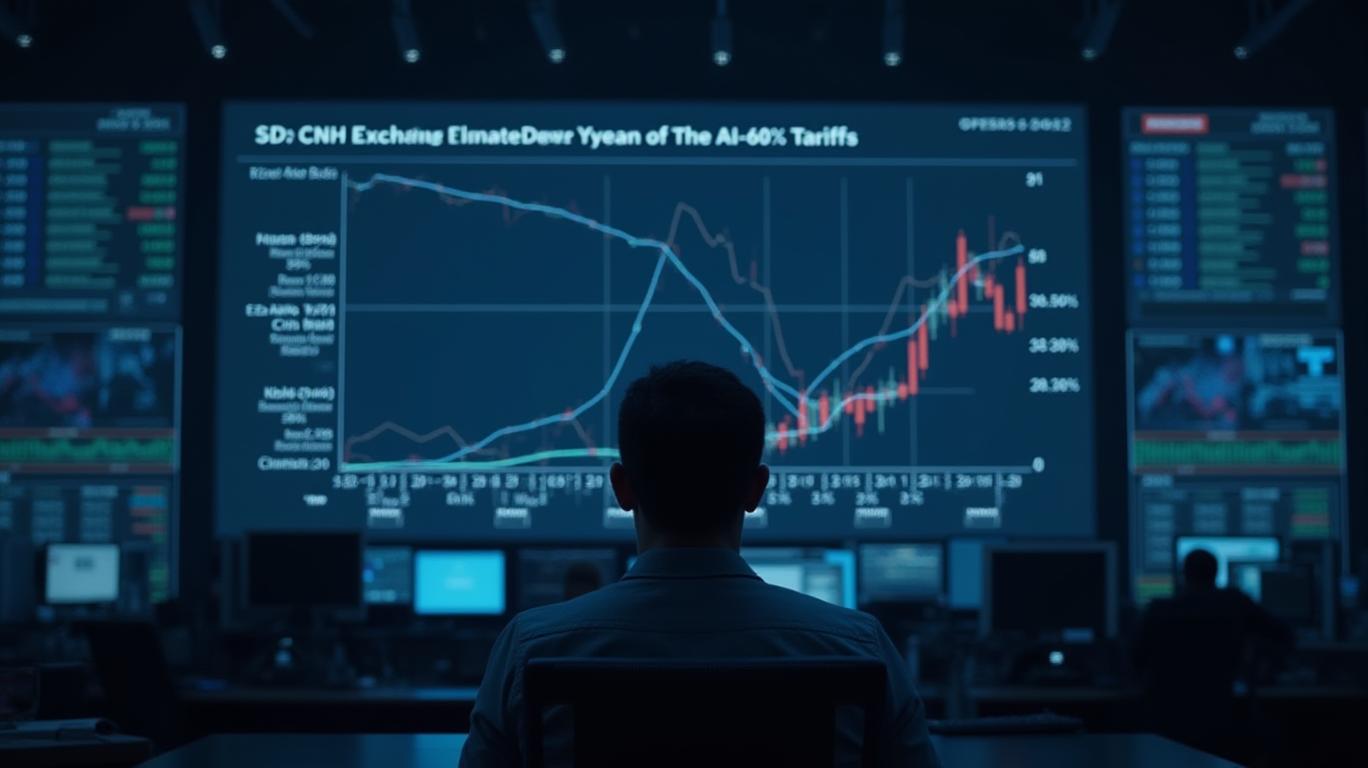US Economic Growth: Navigating Headwinds Amidst Geopolitical Storms
Monday, Sep 23, 2024 11:03 am ET
The US economy has demonstrated resilience, posting 'healthy' growth despite elevated interest rates and geopolitical tensions. However, new 'headwinds' are emerging, requiring investors to stay vigilant and adapt their strategies accordingly. This article explores the current economic landscape, the role of geopolitical conflicts, and potential challenges that could disrupt growth momentum.
The US economy has defied expectations, achieving real GDP growth of 2.4% in 2024, despite initial forecasts suggesting a slowdown. Consumer spending, a key driver of economic growth, has remained robust, with real consumer spending growth projected to rise 2.3% this year. Business investment, although slowing, is expected to increase 3% in 2024, indicating continued confidence in the economic outlook.
The Federal Reserve's monetary policy has played a crucial role in sustaining the US economy's growth trajectory. By walking the tightrope to a soft landing, the Fed has successfully brought down inflation closer to the 2% target, while avoiding a recession. The Fed is expected to cut rates twice in the second half of 2024, further supporting economic growth.
In conclusion, the US economy has demonstrated remarkable resilience amidst geopolitical storms, but new 'headwinds' are emerging. Investors must stay vigilant, monitor geopolitical developments, and adapt their strategies to navigate these challenges. By focusing on sectors with strong fundamentals and growth prospects, and considering hedging strategies and defensive allocations, investors can position themselves to weather potential storms and capitalize on opportunities in the US economy.
The US economy has defied expectations, achieving real GDP growth of 2.4% in 2024, despite initial forecasts suggesting a slowdown. Consumer spending, a key driver of economic growth, has remained robust, with real consumer spending growth projected to rise 2.3% this year. Business investment, although slowing, is expected to increase 3% in 2024, indicating continued confidence in the economic outlook.
The Federal Reserve's monetary policy has played a crucial role in sustaining the US economy's growth trajectory. By walking the tightrope to a soft landing, the Fed has successfully brought down inflation closer to the 2% target, while avoiding a recession. The Fed is expected to cut rates twice in the second half of 2024, further supporting economic growth.
In conclusion, the US economy has demonstrated remarkable resilience amidst geopolitical storms, but new 'headwinds' are emerging. Investors must stay vigilant, monitor geopolitical developments, and adapt their strategies to navigate these challenges. By focusing on sectors with strong fundamentals and growth prospects, and considering hedging strategies and defensive allocations, investors can position themselves to weather potential storms and capitalize on opportunities in the US economy.









